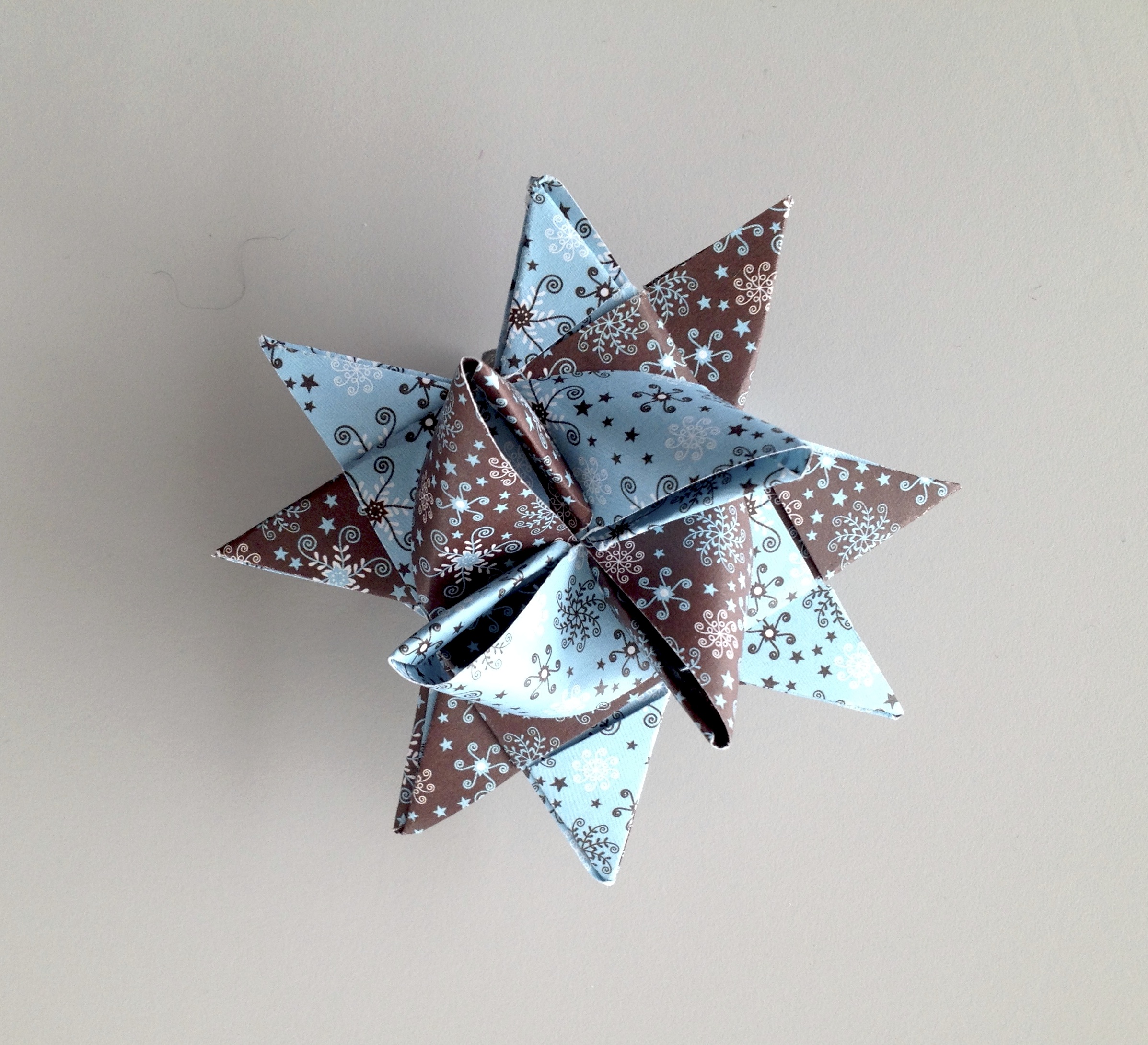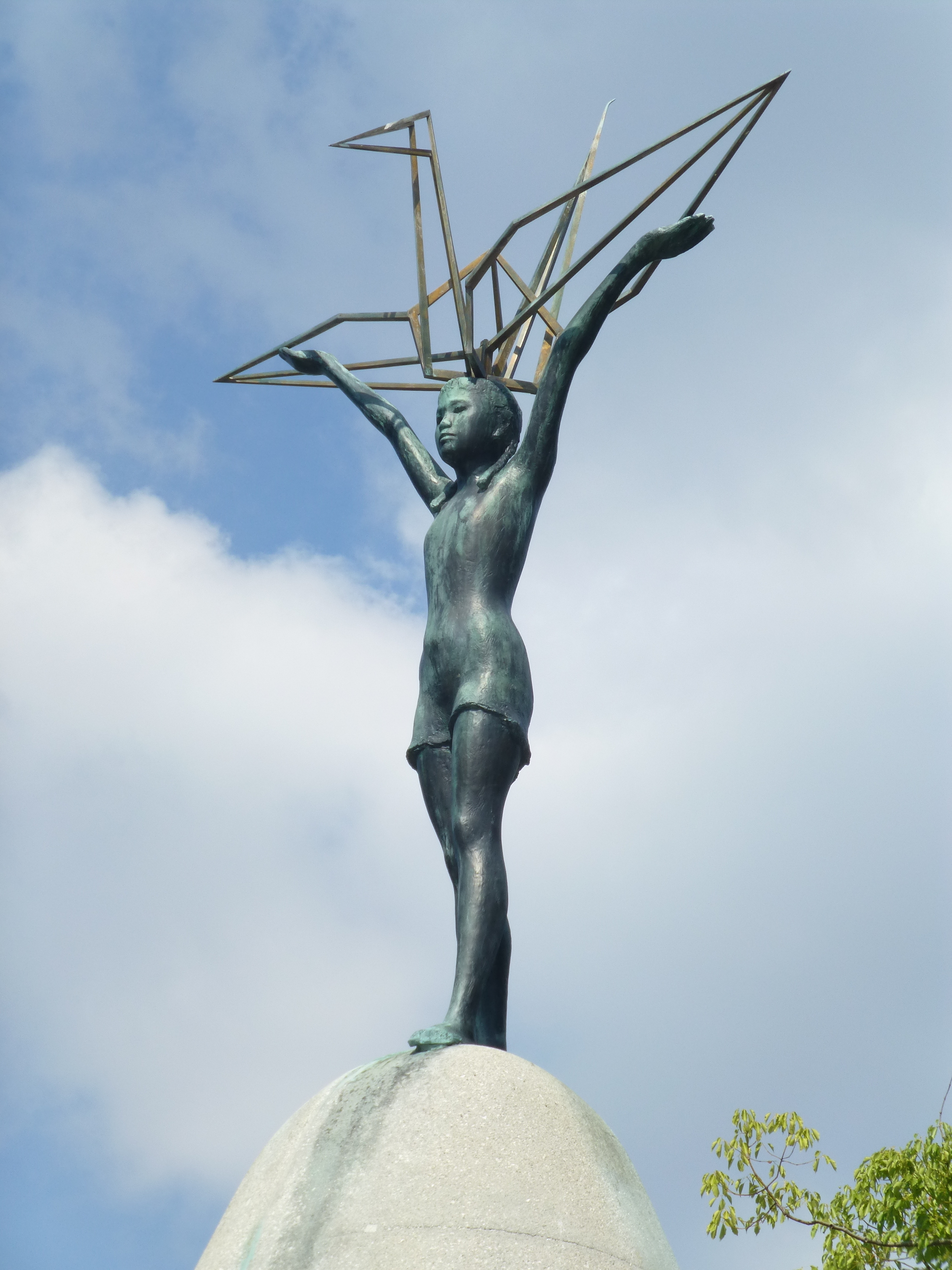Historical Figures
Friedrich Fröbel

Friedrich Fröbel (1782-1852) was a German educator who developed the preschool educational system known as kindergarten. Part of his pedagogical theory involved Gifts and Occupations, which were toys and objects intended to stimulate all aspects of a child’s development.
Fröbel introduced Papierfalten (paperfolding) into his curriculum because it simultaneously benefited children in several ways:
- Practicing fine motor skills
- Understanding geometry and spatial reasoning
- Following instructions, whether from a teacher or in a manual
- Improving concentration
- Inspiring creativity when creating new forms
When kindergarten spread to other countries in the late nineteenth century, Papierfalten went with it. In Japan, the Western methods of paperfolding melded with Japanese traditions, leading to origami as we know it today.
There is debate about whether the origami object Fröbelstern ("Fröbel star") was invented or just inspired by Friedrich Fröbel, but it nonetheless represents an important part of his legacy.
Sadako Sasaki

Sadako was two years old when the atomic bomb was dropped on Hiroshima. She developed leukemia when she was twelve years old.
In the hospital, she learned of the legend that folding 1,000 paper cranes will grant you a wish. She folded 1,300 paper cranes before her death on October 25, 1955.
Sadako’s classmates and other Japanese schoolchildren raised money for a memorial to all the children who died from the atomic bomb. The Children's Peace Monument was built in the Hiroshima Peace Memorial Park in 1958.
The Peace Crane Project honors Sadako’s legacy by encouraging people to make an origami crane and exchange it with someone in another city or country.
